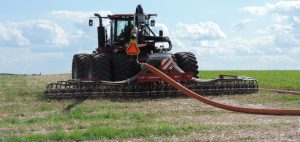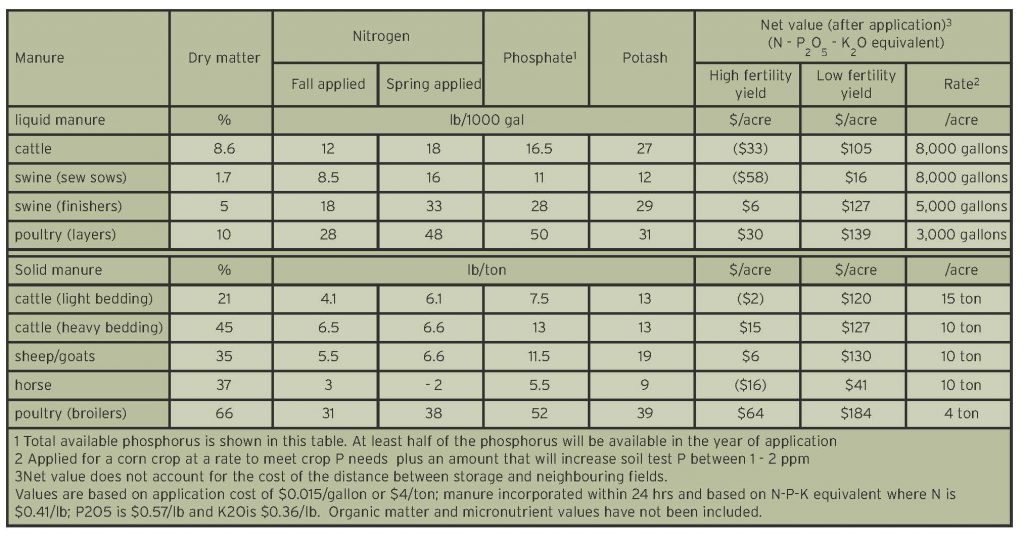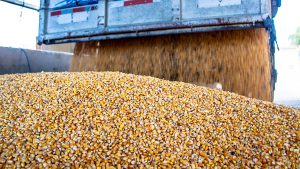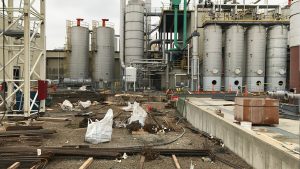Cropside: A neighbourhood plan
AGRONOMIC INFORMATION FROM ONTARIO'S CROP SPECIALISTS

WHEN IT COSTS more to apply manure to high fertility fields than the manure is worth, a neighbourhood nutrient management plan may be an economical alternative.
The cost of handling manure is associated with the livestock portion of the business, but if the soil fertility levels on the fields around the manure storages are high, it may be more economical to sell/trade manure with cash crop neighbours.
A neighbourhood nutrient management plan distributes manure nutrients from areas of high soil fertility to areas of low fertility. The idea is relatively new, however, with an environmental focus on phosphorus (P), nitrogen (N), and organic matter (OM), the dynamics of manure management are changing. High soil P levels increase the risk of phosphorus loss to water sources, while soils with high nitrate levels in saturated spring soils can increase nitrous oxide emissions. Meanwhile OM is a sought-after commodity for improving soil health, especially on fields with a predominant corn-soybean rotation.
Applying additional nutrients to a field with high fertility levels is like putting money into a savings account with low interest. The nutrients are valuable, but aren’t needed by the crop until the “savings are drawn down”. With phosphorus, 1 ppm soil test P is approximately equivalent to 35 lbs of P2O5 (1 ppm soil test K is approximately equivalent to 20 lbs of K2O) therefore build-up or draw-down could take years. In addition, high fertility fields are at risk for nutrient loss through erosion and runoff, or loss through tile drains and preferential flow, resulting in potential negative impacts on water quality and the environment.

When the cost of applying the different manure types are compared, it underlines the difference between species and storage types and the cost of transporting water. For example, applying liquid finisher manure at 5,000 gallons/acre on a field with high soil fertility would have $6/acre available N-P-K value after cost of application was taken into account. The same manure applied to a field with low fertility would have $127 per acre value. “Watery” manure with low nutrient density (for example liquid SEW sow manure) would actually cost money to apply in fields with high fertility levels. Neighbourhood nutrient management planning could maximize utilization of these manure types on forages, or crops suffering from low moisture. Low density solid manure, often high in bedding, is more economical to transport to horticultural fields or fields trying to improve soil through increasing OM.

WHAT IS A NEIGHBOURHOOD NUTRIENT MANAGEMENT PLAN?
A neighbourhood nutrient management plan is developed cooperatively with livestock and cash crop farms. Ideally a third party nutrient management or 4R consultant would complete the paperwork, with maps, crop rotation schedules, manure analyses, and soil tests from cooperating farms.
- A plan aims to distribute manure nutrients from areas of high soil fertility to areas of low fertility
- Manure analyses would pre-determine the value of the available N, P2O5, K2O and potentially sulphur
- Crop rotations would be considered in the application plan to minimize compaction and maximize nutrient efficiency with opportunities to apply manure to a growing crop or after wheat harvest with cover crops.
- Long-term neighbourhood plans, could explore opportunities such as additional storage facilities, or pipe-lines (applying manure from a central location) to decrease transportation costs and road issues
Benefits:
- A nutrient management consultant helps with the planning, record keeping, sampling, nutrient balancing with fertilizer, etc., and would be reimbursed through the neighbourhood group
- Manure can be applied to fields that require nutrients and OM at times that maximize nutrient utilization
- Farms receiving manure could trade straw and/or pay the cost of the fertilizer equivalent value of available nutrients in exchange for micronutrients and OM. Application costs will depend on manure type and distance travelled
- The livestock operator receives financial benefit for nutrients that would take many years to provide a pay-back •





















